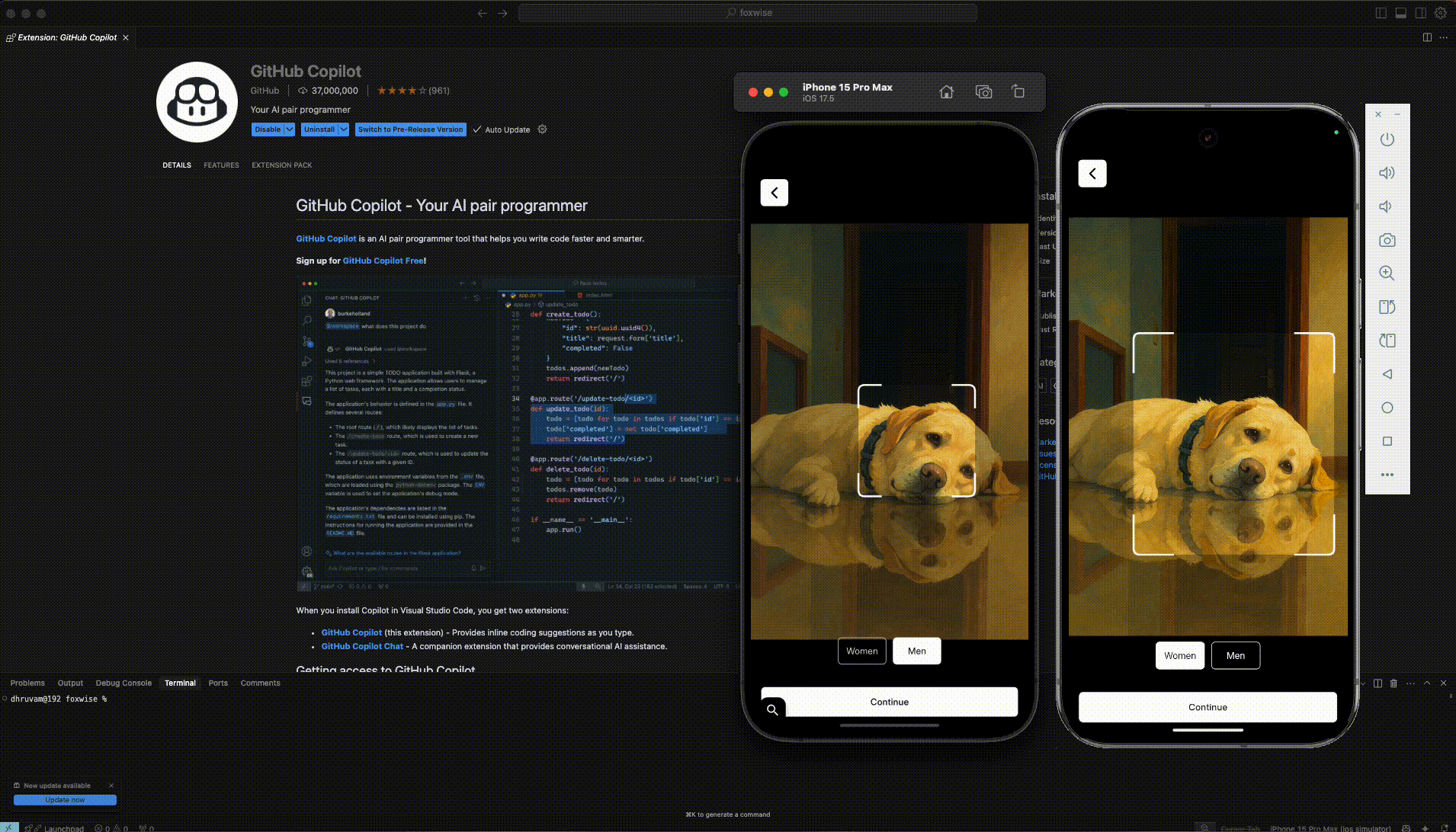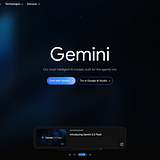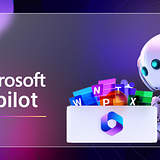Android 16 x Material 3 E⚡ BIGGEST UI Change Yet? Updates for Android, Jetpack Compose, and Flutter
At The Android Show: I/O Edition, Google announced a major Material 3 Expressive redesign for Android 16, which will launch later this…
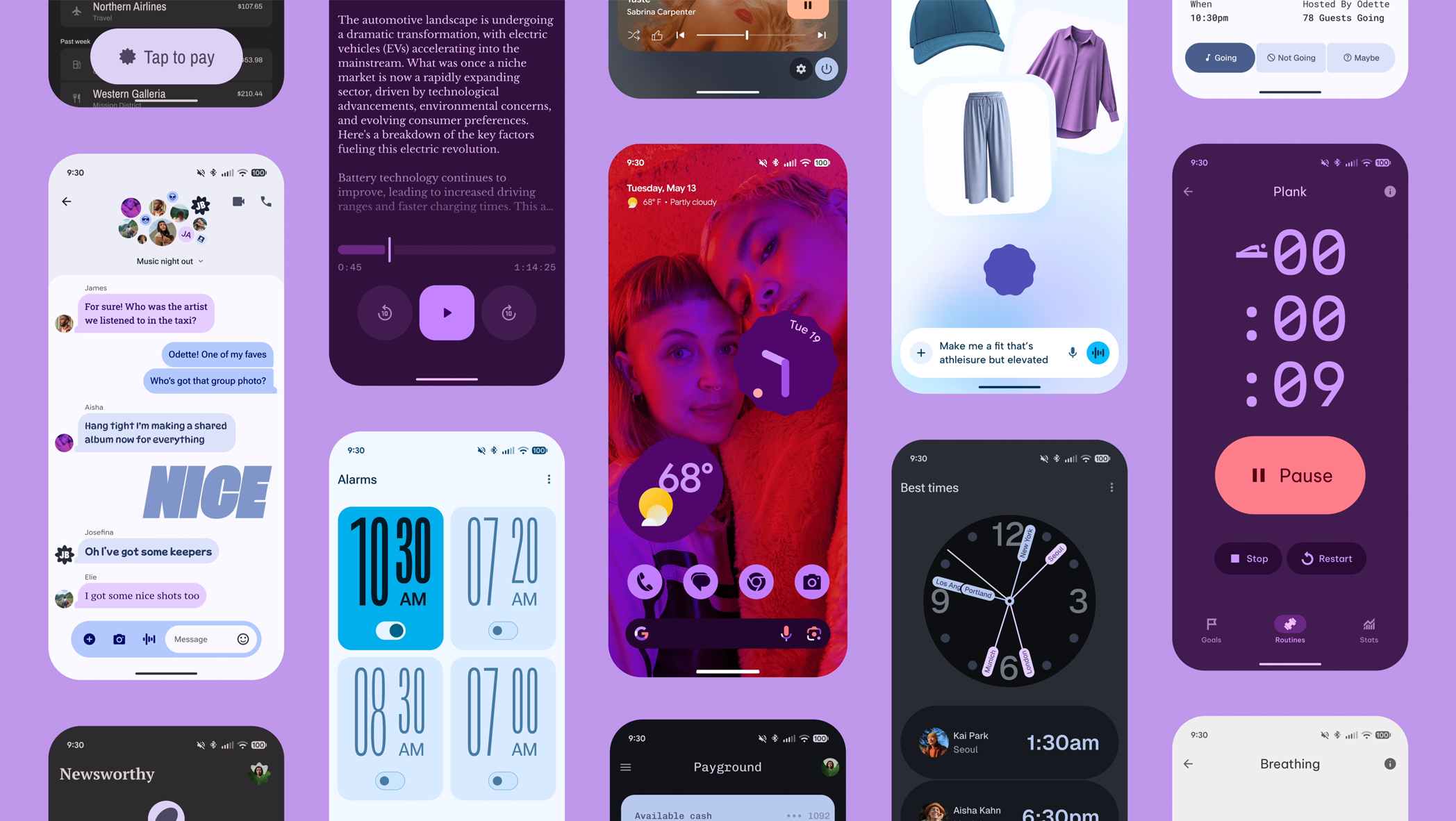
At The Android Show: I/O Edition, Google announced a major Material 3 Expressive redesign for Android 16, which will launch later this year, starting on Pixel.
Material 3 Expressive. Google’s Biggest Redesign
What is Expressive Design?
Expressive design makes you feel something. It inspires emotion, communicates function, and helps users achieve their goals. Think of it as design with a soul.
Want to dive deeper? Check out the official Material 3 Expressive guidelines.
People increasingly see their devices as extensions of themselves. Expressive UIs have an emotional impact, fostering this connection by evoking a stronger feeling or mood with the device.
M3 Expressive is an expansion of the Material 3 design system. It’s a set of new features, updated components, and design tactics for creating emotionally impactful UX. — Source
Why did Google redesign?
Material 3 Expressive is the culmination of a three-year collaborative effort involving 46 separate studies and over 18,000 participants worldwide.
The initiative began in 2022 when a research intern questioned the uniformity and perceived dullness of existing Material Design applications. This inquiry sparked a comprehensive exploration into creating a more emotionally resonant and user-friendly interface.
Before we get too excited:
A little history: Developer’s pain point
Remember Material 1.0? The rendered video featured vibrant and exciting animations that never came to fruition. Instead, everything felt static and dull, and few apps embraced colour as the preview had.
We didn’t even receive the animated quick settings icons — the essential feature — until a whole update later. Then, after another one or two updates, they disappeared again due to the notification panel’s multiple redesigns, only to eventually return. It was a cycle of rinse and repeat.
Design that’s been workshopped by marketing teams is rarely good. And that’s how Material has been since the Lollipop days, fully design-driven with a dev implementation that’s incomplete or nowhere near what the design intended.
The hope is that the team develop consistent and well-documented APIs that the end user can actually use and add to their app. Because all of this is a waste, if history repeats itself.
The M3E updates
Expressive components
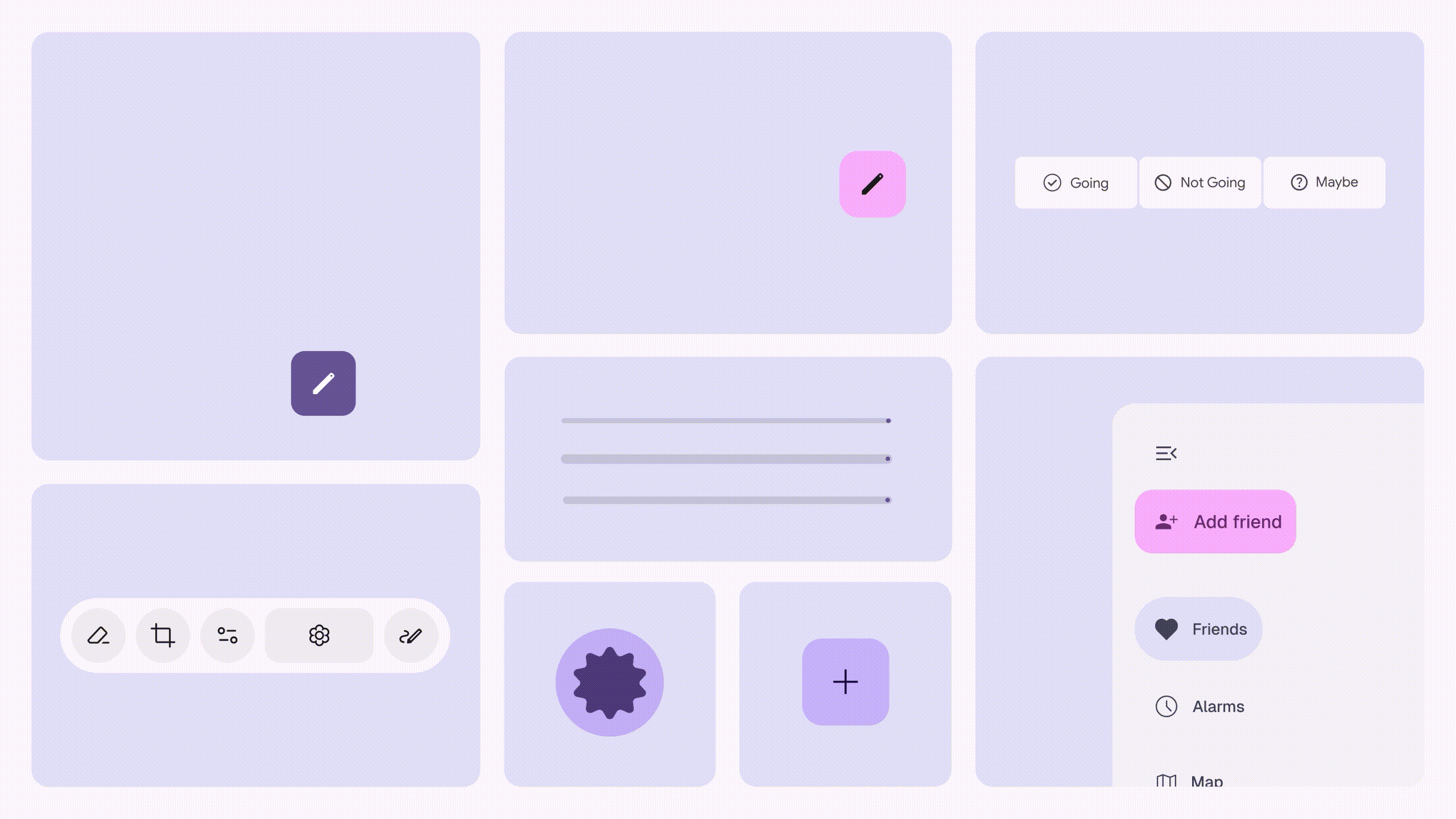
Fifteen components — either new or recently updated — now offer enhanced customisation options, including configurable shapes, bolder text styles, and other expressive design improvements.
Motion-physics system
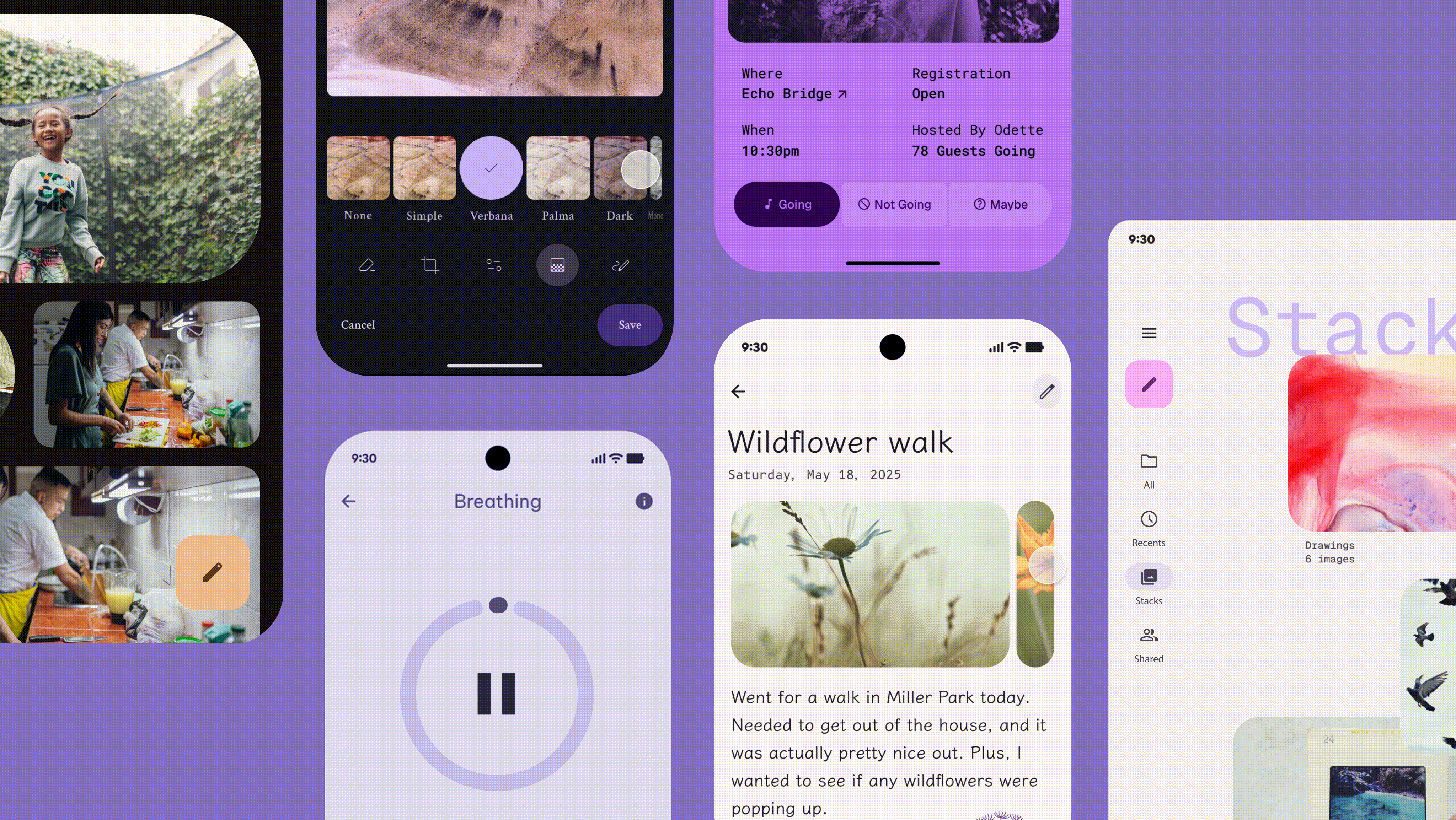
This is the second most anticipated feature. As I said earlier, Google has not been kind to developers when it comes to Material adoption, lacking good and complete documentation.
This time, M3E has a new system using motion springs that makes interactions and transitions feel more alive, fluid, and natural.
Spatial springs mirror the physics of how objects move, making animations clear and predictable. Effects springs create seamless transitions for colour and opacity changes.
Expanded shape library
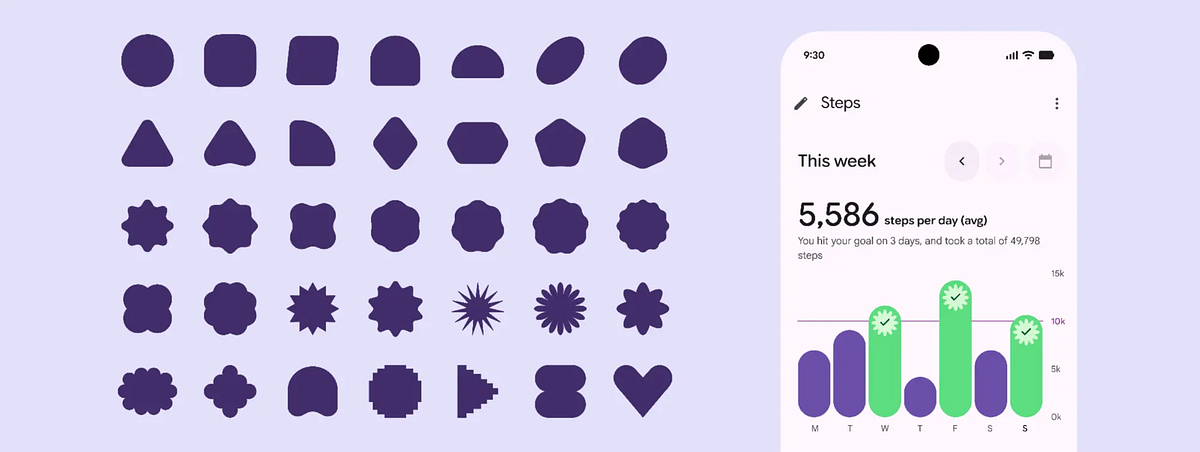
M3E adds a new set of 35 shapes to add decorative detail for elements like image crops and avatars.
A built-in shape-morph animation allows smooth transitions from one shape to another. This can be dynamic, or as simple as a square changing to a circle.
Combining all of these to create vibrant, eye-catching hero moments:
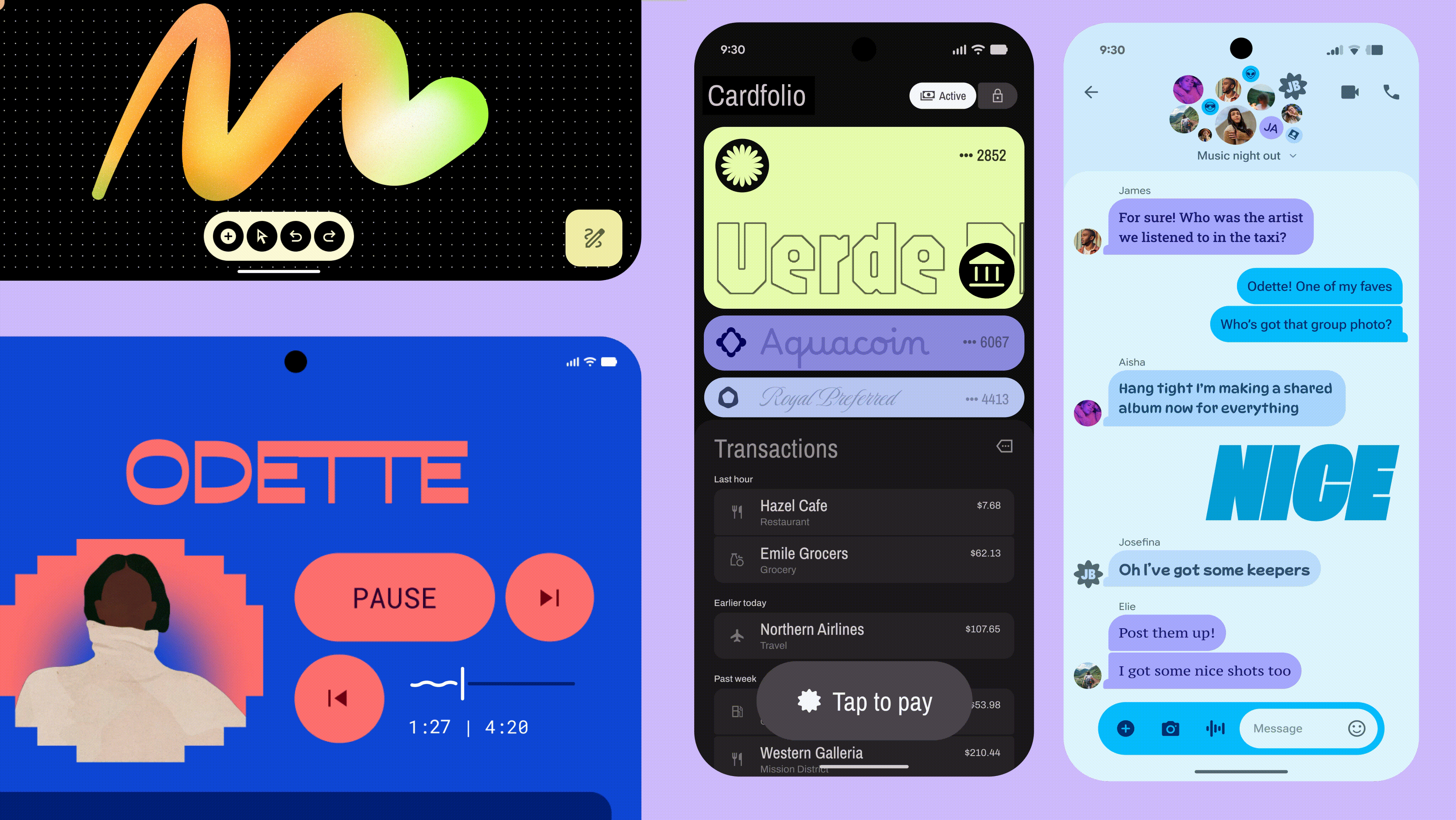
Vibrant colour schemes
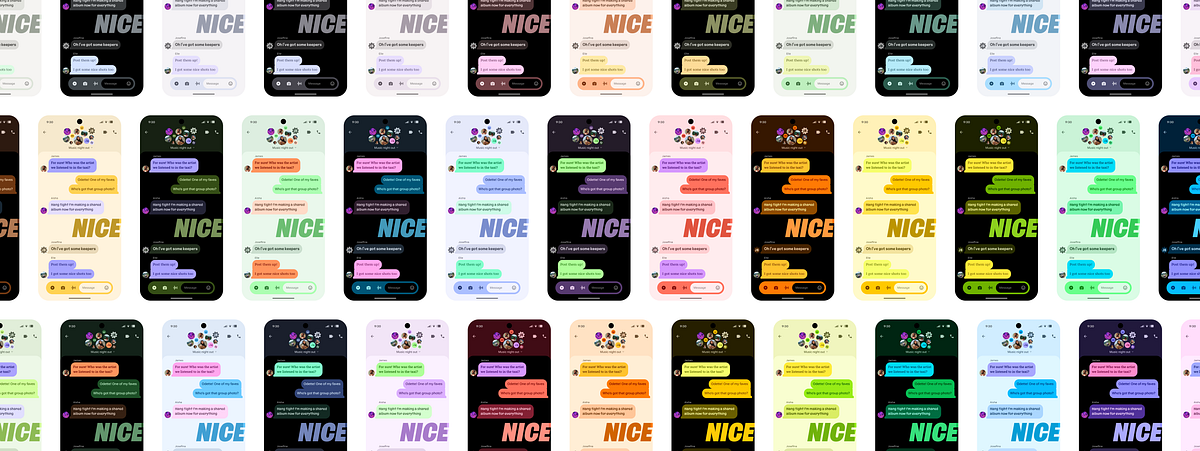
An expanded range of colors can be used to sharpen hierarchy and clarify key actions. Rich visual styles support personalisation and dynamic colours.
Material 3 Expressive on Wear OS
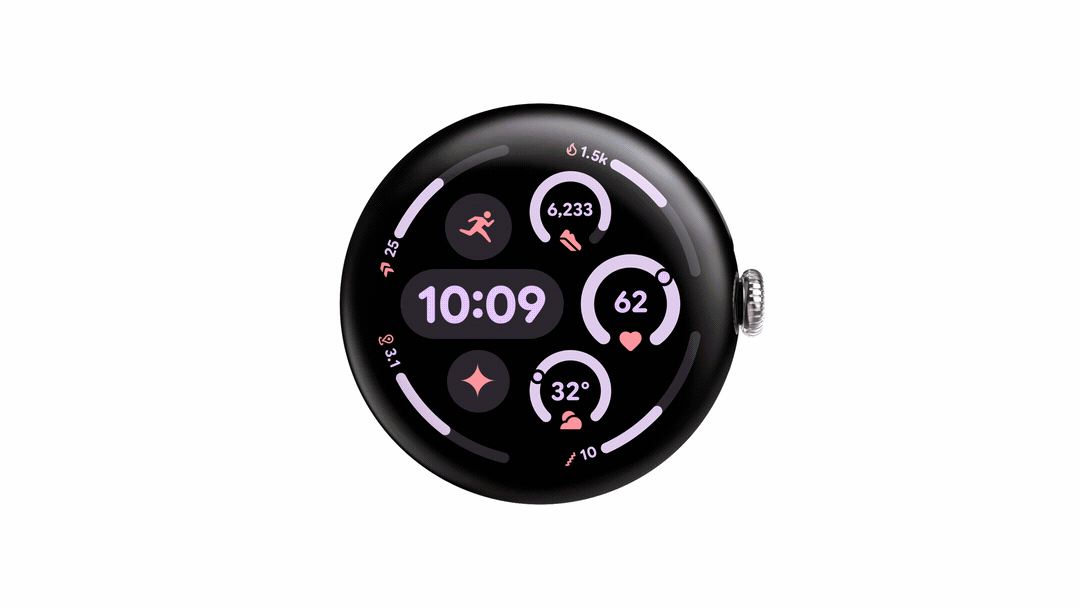
Material 3 Expressive is making its way to Wear OS, with a design specifically optimised for circular smartwatch displays. Key UI elements like the pin pad and media controls now feature responsive animations for a smoother experience.
Personalised watch faces will be reflected system-wide, ensuring a cohesive aesthetic. To enhance usability, new glanceable buttons offer quicker, more intuitive interactions. Plus, thanks to deeper system optimisations, Wear OS 6 is expected to deliver up to 10% longer battery life.
Material 3 Expressive Availability
For Native Android users, Google has added or updated 15 new components:
- App bars
- Button groups [new]
- Carousel
- Common buttons
- Extended FAB
- FAB menu [new]
- FABs
- Icon buttons
- Loading indicator [new]
- Navigation bar
- Navigation rail
- Progress indicators
- Split button [new]
- Toolbars [new]
For Flutter developers, you will have to wait for now, as it seems the Flutter team is taking lessons from the previous Material 3 addition into the Flutter Material library.

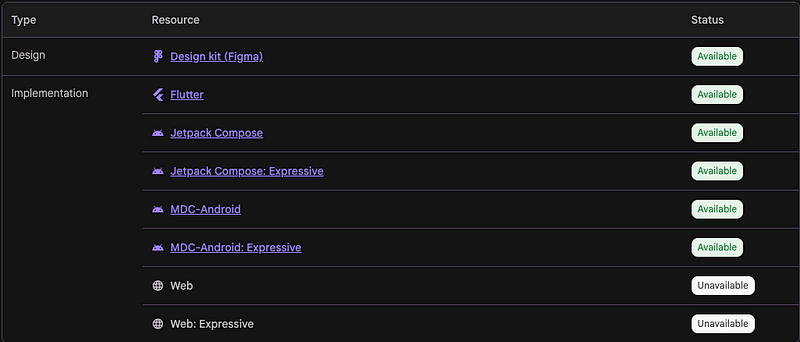
Google has a lot of time to create a comprehensive documentation to make this a reality for Developers this time around. End users will have to wait till the Pixel 10 launch to have a look and feel for this. Can’t wait to see what happens then!
Read more by Dhruvam:

